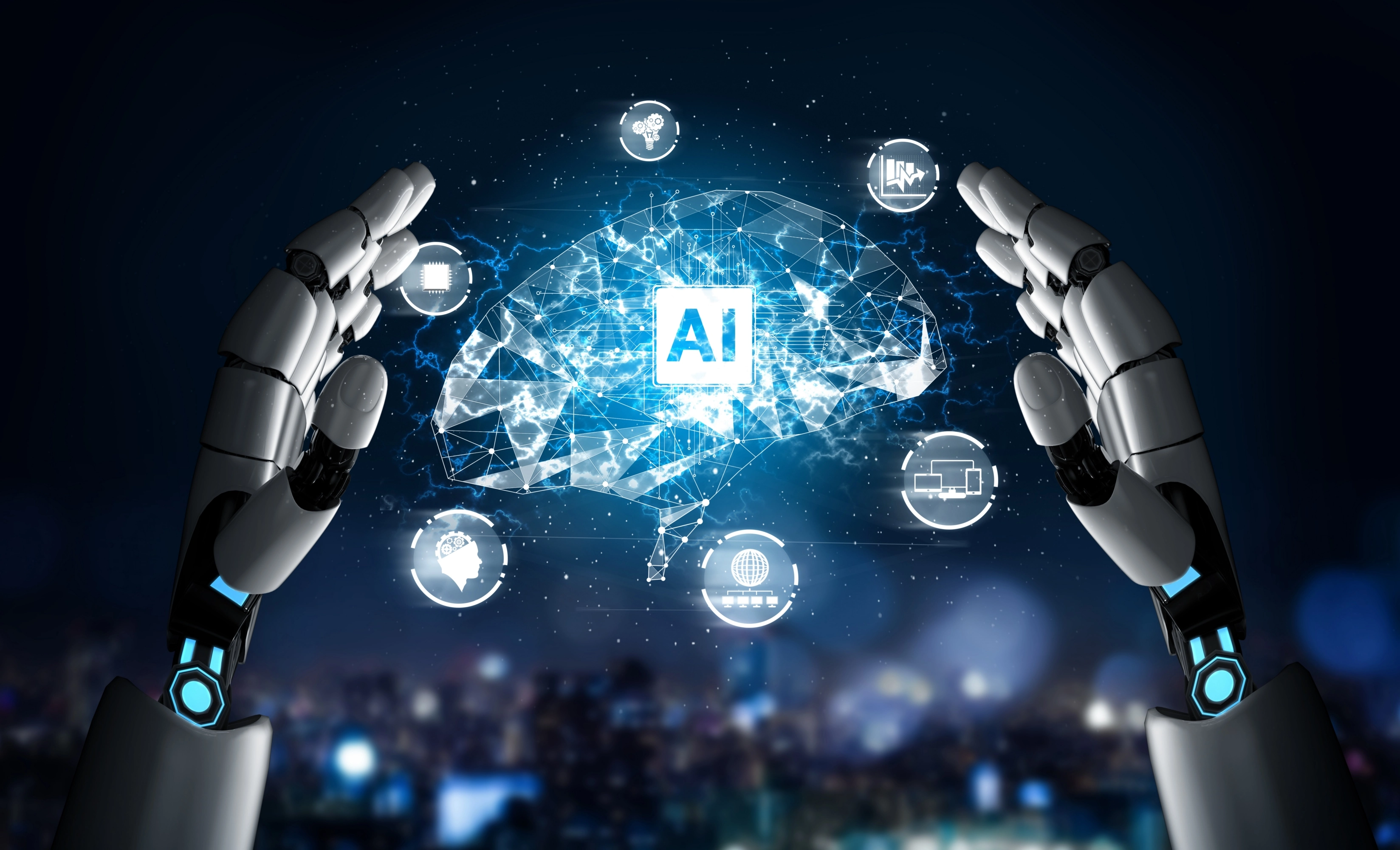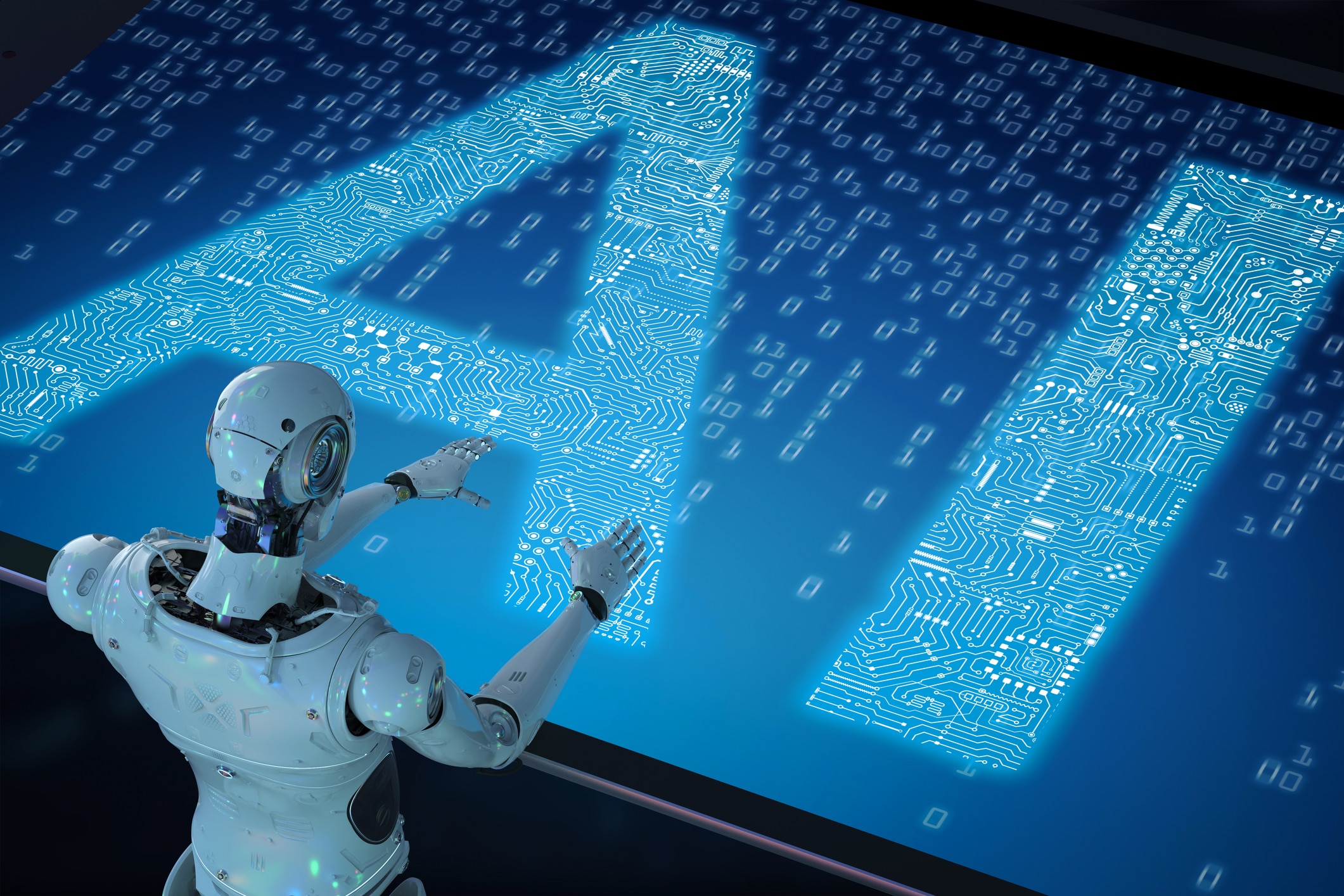
Patriciaconnerdesigns
FollowOverview
-
Founded Date agosto 17, 2003
-
Sectors Ingeniería en Sistemas Biológicos
-
Posted Jobs 0
-
Viewed 30
Company Description
What do we Understand about the Economics Of AI?

For all the discuss expert system upending the world, its economic effects remain unsure. There is massive financial investment in AI but little clarity about what it will produce.
Examining AI has actually ended up being a considerable part of Nobel-winning economic expert Daron Acemoglu’s work. An Institute Professor at MIT, Acemoglu has long studied the impact of innovation in society, from modeling the massive adoption of developments to performing empirical studies about the impact of robots on jobs.
In October, Acemoglu also shared the 2024 Sveriges Riksbank Prize in Economic Sciences in Memory of Alfred Nobel with 2 collaborators, Simon Johnson PhD ’89 of the MIT Sloan School of Management and James Robinson of the University of Chicago, for research on the relationship between political institutions and financial development. Their work shows that democracies with robust rights sustain much better growth in time than other kinds of federal government do.
Since a great deal of growth comes from technological development, the way societies utilize AI is of keen interest to Acemoglu, who has actually published a variety of documents about the economics of the technology in recent months.
“Where will the new tasks for human beings with generative AI come from?” asks Acemoglu. “I do not think we understand those yet, which’s what the problem is. What are the apps that are actually going to change how we do things?”
What are the quantifiable effects of AI?
Since 1947, U.S. GDP development has actually averaged about 3 percent each year, with efficiency growth at about 2 percent each year. Some predictions have declared AI will double development or a minimum of develop a higher growth trajectory than normal. By contrast, in one paper, “The Simple Macroeconomics of AI,” published in the August issue of Economic Policy, Acemoglu approximates that over the next decade, AI will produce a “modest boost” in GDP in between 1.1 to 1.6 percent over the next 10 years, with an approximately 0.05 percent annual gain in efficiency.
Acemoglu’s assessment is based on current estimates about how numerous tasks are affected by AI, consisting of a 2023 study by researchers at OpenAI, OpenResearch, and the University of Pennsylvania, which finds that about 20 percent of U.S. job tasks might be exposed to AI abilities. A 2024 research study by scientists from MIT FutureTech, in addition to the Productivity Institute and IBM, finds that about 23 percent of computer system vision jobs that can be ultimately automated could be beneficially done so within the next ten years. Still more research study recommends the average cost savings from AI has to do with 27 percent.
When it concerns productivity, “I do not think we ought to belittle 0.5 percent in ten years. That’s much better than no,” Acemoglu says. “But it’s just frustrating relative to the guarantees that individuals in the industry and in tech journalism are making.”
To be sure, this is a price quote, and extra AI applications might emerge: As Acemoglu composes in the paper, his estimation does not include using AI to anticipate the shapes of proteins – for which other scholars consequently shared a Nobel Prize in October.
Other observers have recommended that “reallocations” of employees displaced by AI will produce extra growth and efficiency, beyond Acemoglu’s price quote, though he does not think this will matter much. “Reallocations, beginning from the actual allocation that we have, typically generate just little advantages,” Acemoglu states. “The direct advantages are the big deal.”
He includes: “I attempted to write the paper in an extremely transparent way, saying what is included and what is not consisted of. People can disagree by saying either the important things I have left out are a huge deal or the numbers for the important things included are too modest, which’s completely great.”
Which tasks?
Conducting such price quotes can hone our intuitions about AI. Plenty of projections about AI have actually explained it as revolutionary; other analyses are more circumspect. Acemoglu’s work assists us grasp on what scale we may anticipate changes.
“Let’s go out to 2030,” Acemoglu says. “How different do you believe the U.S. economy is going to be due to the fact that of AI? You might be a total AI optimist and think that countless people would have lost their jobs since of chatbots, or perhaps that some people have ended up being super-productive employees because with AI they can do 10 times as many things as they’ve done before. I don’t believe so. I think most companies are going to be doing more or less the exact same things. A few professions will be impacted, however we’re still going to have reporters, we’re still going to have monetary experts, we’re still going to have HR employees.”
If that is right, then AI probably applies to a bounded set of white-collar tasks, where big quantities of computational power can process a great deal of inputs quicker than people can.
“It’s going to impact a lot of workplace tasks that have to do with information summary, visual matching, pattern recognition, et cetera,” Acemoglu adds. “And those are basically about 5 percent of the economy.”
While Acemoglu and Johnson have in some cases been considered doubters of AI, they see themselves as realists.
“I’m attempting not to be bearish,” Acemoglu says. “There are things generative AI can do, and I think that, genuinely.” However, he adds, “I think there are methods we might use generative AI better and get larger gains, however I don’t see them as the focus location of the industry at the minute.”
Machine effectiveness, or worker replacement?
When Acemoglu says we could be using AI much better, he has something specific in mind.
Among his important issues about AI is whether it will take the type of “machine usefulness,” helping employees get productivity, or whether it will be targeted at imitating general intelligence in an effort to replace human jobs. It is the distinction between, state, providing brand-new information to a biotechnologist versus replacing a consumer service worker with automated call-center technology. So far, he thinks, companies have been focused on the latter kind of case.
“My argument is that we presently have the wrong instructions for AI,” Acemoglu states. “We’re using it too much for automation and inadequate for supplying competence and information to workers.”
Acemoglu and Johnson look into this issue in depth in their prominent 2023 book “Power and Progress” (PublicAffairs), which has an uncomplicated leading concern: Technology produces financial growth, but who records that economic development? Is it elites, or do employees share in the gains?
As Acemoglu and Johnson make generously clear, they prefer technological developments that increase employee efficiency while keeping people employed, which should sustain development better.
But generative AI, in Acemoglu’s view, focuses on simulating entire people. This yields something he has actually for years been calling “so-so technology,” applications that carry out at best only a little much better than people, however save business money. Call-center automation is not always more efficient than individuals; it simply costs companies less than employees do. AI applications that complement employees appear normally on the back burner of the big tech gamers.
“I do not believe complementary usages of AI will astonishingly appear on their own unless the market dedicates considerable energy and time to them,” Acemoglu states.
What does history suggest about AI?
The truth that technologies are typically designed to change workers is the focus of another recent paper by Acemoglu and Johnson, “Learning from Ricardo and Thompson: Machinery and Labor in the Early Industrial Revolution – and in the Age of AI,” published in August in Annual Reviews in Economics.
The post addresses present disputes over AI, especially claims that even if innovation replaces employees, the occurring growth will nearly inevitably benefit society extensively gradually. England throughout the Industrial Revolution is in some cases pointed out as a case in point. But Acemoglu and Johnson compete that spreading out the benefits of technology does not occur easily. In 19th-century England, they assert, it happened just after decades of social battle and worker action.
“Wages are unlikely to rise when employees can not push for their share of productivity growth,” Acemoglu and Johnson compose in the paper. “Today, synthetic intelligence might boost typical efficiency, but it likewise might change numerous employees while degrading job quality for those who remain employed. … The impact of automation on workers today is more complex than an automated linkage from greater performance to better wages.”
The paper’s title describes the social historian E.P Thompson and financial expert David Ricardo; the latter is typically regarded as the discipline’s second-most prominent thinker ever, after Adam Smith. Acemoglu and Johnson assert that Ricardo’s views went through their own advancement on this subject.

“David Ricardo made both his academic work and his political career by arguing that machinery was going to create this remarkable set of performance improvements, and it would be beneficial for society,” Acemoglu says. “And after that at some time, he changed his mind, which reveals he might be truly unbiased. And he started writing about how if equipment changed labor and didn’t do anything else, it would be bad for workers.”
This intellectual advancement, Acemoglu and Johnson compete, is informing us something meaningful today: There are not forces that inexorably ensure broad-based take advantage of innovation, and we need to follow the proof about AI’s effect, one way or another.
What’s the very best speed for innovation?
If technology helps create economic growth, then hectic innovation may appear perfect, by providing growth quicker. But in another paper, “Regulating Transformative Technologies,” from the September concern of American Economic Review: Insights, Acemoglu and MIT doctoral trainee Todd Lensman suggest an alternative outlook. If some innovations consist of both benefits and drawbacks, it is best to embrace them at a more measured pace, while those problems are being alleviated.
“If social damages are big and proportional to the brand-new innovation’s productivity, a greater growth rate paradoxically causes slower optimum adoption,” the authors write in the paper. Their model suggests that, efficiently, adoption must occur more gradually in the beginning and then speed up in time.
“Market fundamentalism and innovation fundamentalism might declare you should constantly go at the optimum speed for technology,” Acemoglu states. “I don’t believe there’s any rule like that in economics. More deliberative thinking, especially to prevent harms and risks, can be justified.”
Those damages and risks might consist of damage to the task market, or the rampant spread of misinformation. Or AI may hurt consumers, in locations from online marketing to online video gaming. Acemoglu analyzes these scenarios in another paper, “When Big Data Enables Behavioral Manipulation,” forthcoming in American Economic Review: Insights; it is co-authored with Ali Makhdoumi of Duke University, Azarakhsh Malekian of the University of Toronto, and Asu Ozdaglar of MIT.
“If we are utilizing it as a manipulative tool, or too much for automation and insufficient for providing expertise and information to workers, then we would desire a course correction,” Acemoglu says.
Certainly others might claim innovation has less of a drawback or is unpredictable enough that we ought to not use any handbrakes to it. And Acemoglu and Lensman, in the September paper, are a model of development adoption.
That model is a response to a trend of the last decade-plus, in which numerous innovations are hyped are unavoidable and well known due to the fact that of their disturbance. By contrast, Acemoglu and Lensman are recommending we can reasonably judge the tradeoffs included in specific innovations and aim to spur additional discussion about that.
How can we reach the right speed for AI adoption?
If the idea is to embrace technologies more gradually, how would this happen?
To start with, Acemoglu says, “federal government policy has that role.” However, it is unclear what type of long-lasting standards for AI might be embraced in the U.S. or all over the world.

Secondly, he adds, if the cycle of “hype” around AI reduces, then the rush to use it “will naturally slow down.” This may well be more likely than regulation, if AI does not produce revenues for companies soon.
“The reason that we’re going so quick is the buzz from venture capitalists and other financiers, due to the fact that they believe we’re going to be closer to artificial general intelligence,” Acemoglu says. “I think that hype is making us invest severely in terms of the technology, and lots of organizations are being influenced too early, without knowing what to do.

